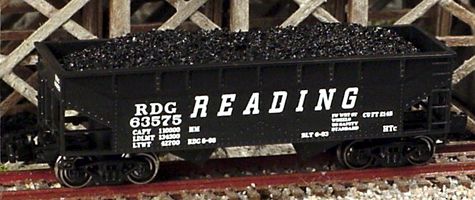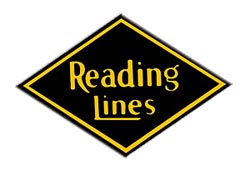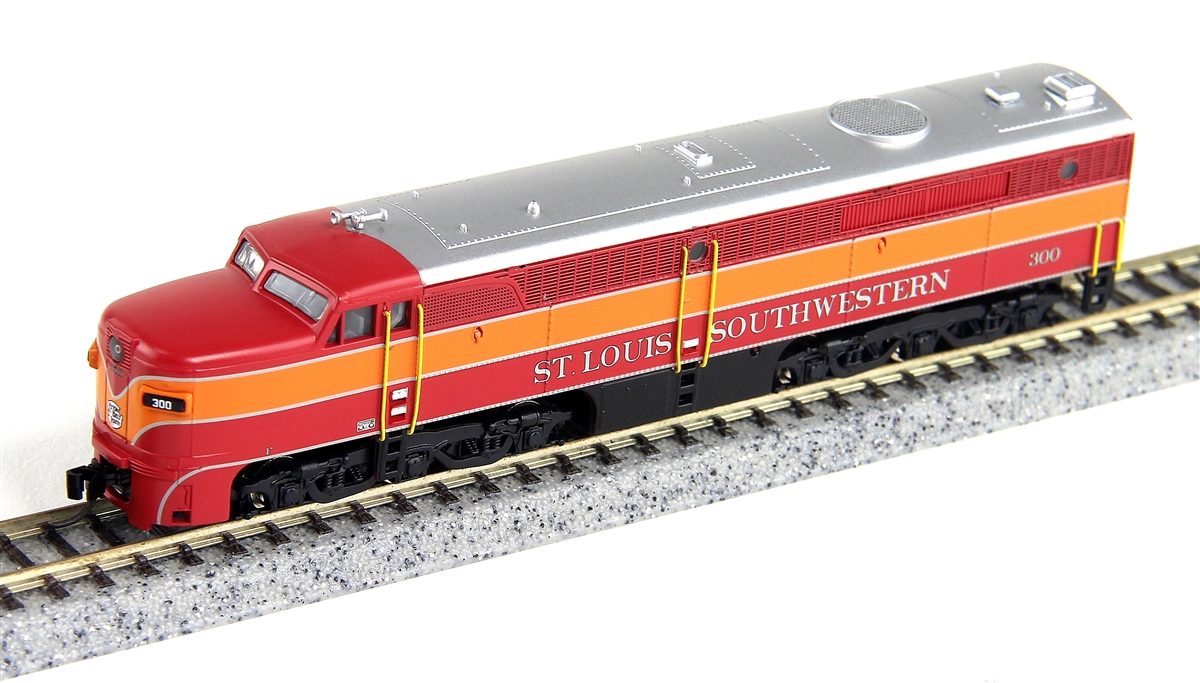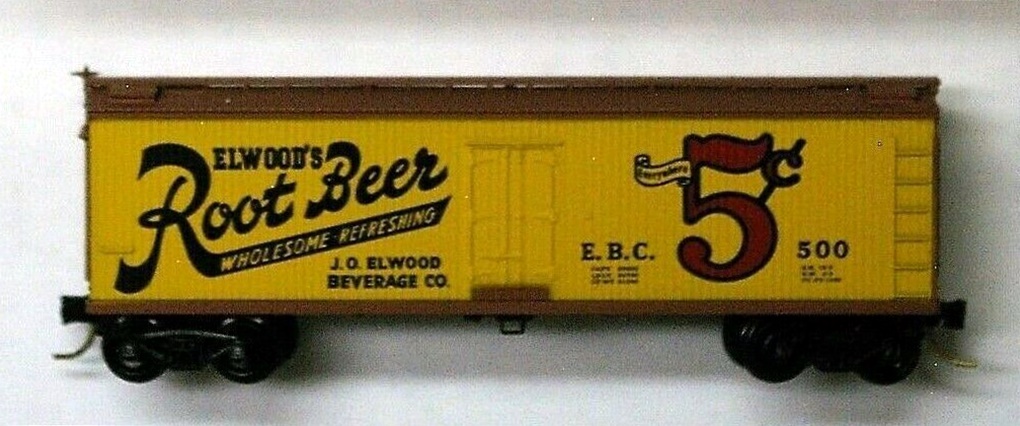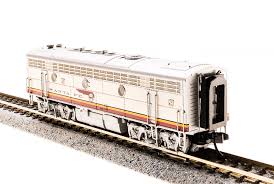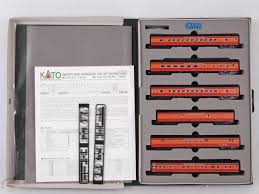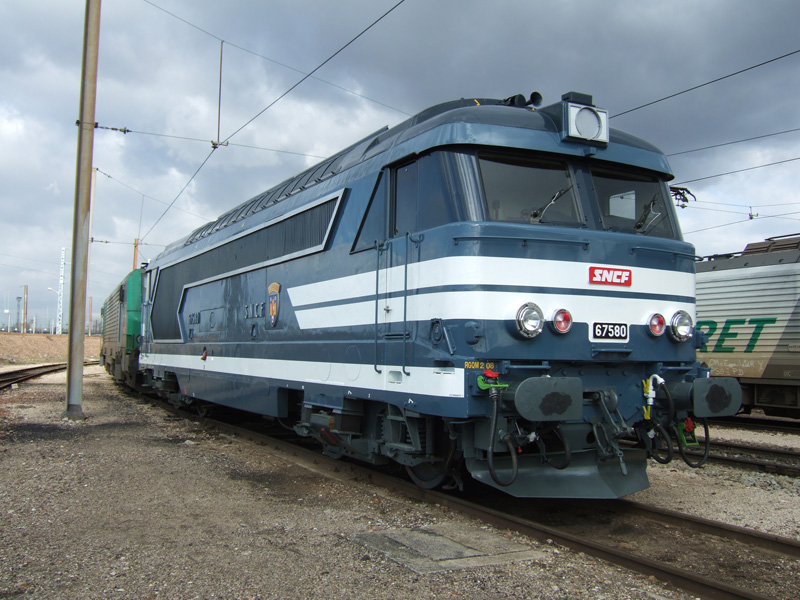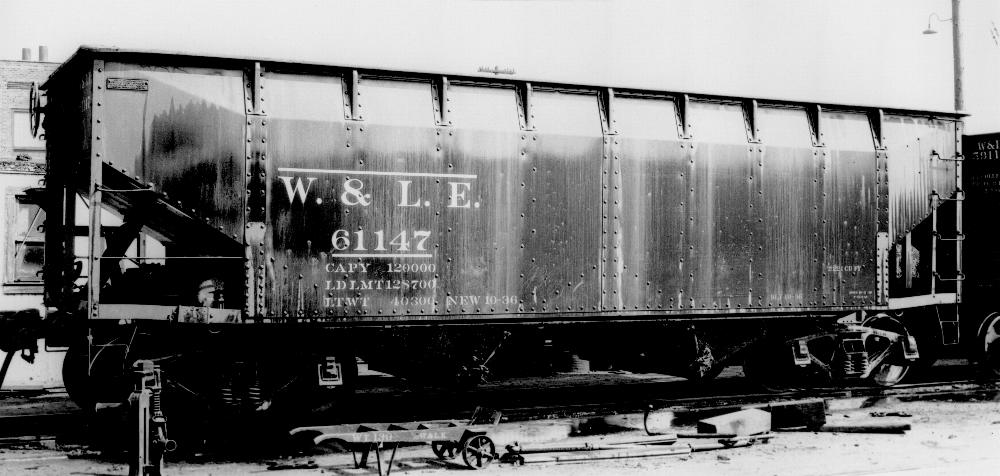Full Throttle - FT-3040-1 - Open Hopper, 2-Bay, Offset Side - Reading - 2-Pack
| Brand | Full Throttle |
| Stock Number | FT-3040-1 |
| Original Retail Price | $44.00 |
| Manufacturer | Full Throttle |
| Body Style | Full Throttle Open Hopper 2-Bay Offset |
| Prototype Vehicle | Open Hopper, 2-Bay, Offset Side (Details) |
| Road or Company Name | Reading (Details) |
| Reporting Marks | RDG |
| Road or Reporting Number | 2-Pack |
| Paint Color(s) | Black |
| Print Color(s) | White |
| Coupler Type | Full Throttle |
| Wheel Type | Chemically Blackened Metal |
| Multipack | Yes |
| Multipack Count | 2 |
| Multipack ID Number | FT-3040-1 |
| Release Date | 2015-09-01 |
| Item Category | Rolling Stock (Freight) |
| Model Type | Open Hopper |
| Model Subtype | 2-Bay |
| Model Variety | Offset |
| Region | North America |
| Prototype Era | EU Epoch II (1920 - 1945) |
Specific Item Information:
Road Numbers: RDG 63538 & 63575
Model Information:
During the first half of the 20th Century, the most common carrier for the transport of coal via rail lines was, in fact, the pervasive little 50-55 ton, twin-bay hopper. Ever-inventive engineers designed a different style of this essential hauler which became enormously popular with many Railroads by the 1930s and 40s. This "offset-side" hopper car had a few advantages over the earlier "rib-side" type. The crease in the upper sides led to more structural strength without using heavier materials, and there was a greater rated capacity with the side panels riveted to the outside of the ribbing, instead of being on the inside. The efficiency was a boon to the coal merchants! The concept proved successful, and was used to build ever-larger hoppers until after WW II, when "rivet pull-through" rendered it impractical for modern rotary dumping. Today, although they are seen less frequently, offset-side hoppers remain an important part of railroad history. Full Throttle presents a universal model of these unique hoppers.
Prototype History:
The late 1920s saw the introduction of the AAR standard “offset-side” 50- and 70-ton hoppers. The design went through several variations in the late 1920s and early 1930s before settling on two versions of the 50-ton car and one 3-bay, 70-ton car in 1935. Most roads went for the AAR standard designs, but the N&W, VGN, and Pennsy were notable holdouts. World War II brought the famous “war emergency” hoppers (only the N&W and MP bought the 70-ton version) and several composite versions of existing designs. After the war, AC&F found some brief success with a welded outside-stake hopper design, but the weld joints broke under the stress of loading and unloading rather than flexing like riveted joints. The offset-side design also had problems: the inside stakes were more prone to corrosion, and they suffered worse from loading and unloading stress than outside-staked hoppers. The design waned in the 1950s and was all but abandoned for new cars by 1960. Some roads (notably the C&O, the B&O, and the L&N) made the best of a bad situation by rebuilding their offset-side cars with all new outside-staked sides in the late 1950s and early 1960s.
Road Name History:
Let’s get a couple of quick clarifications out of the way first. Reading rhymes with bedding and is not “reading” a book. Second, the only “Reading Railroad” is on the Monopoly game board. Its actual name was “Reading Company” with “Reading Lines” used on logos and advertising.
The Reading Company, usually called the Reading Railroad as was enshrined by the Monopoly board game, and boasting a predecessor company officially founded under the name the Philadelphia and Reading Railway Company, operated in southeast Pennsylvania and neighboring states from 1833 through 1976. Until the decline in anthracite loadings in the Coal Region after World War II, it was one of the most prosperous corporations in the United States.
Reduced coal traffic coupled with highway competition and short hauls forced it into bankruptcy in the 1970s. The railroad was merged into Conrail in 1976, but the corporation lasted into 2000, disposing of real estate holdings.
The Reading Company, usually called the Reading Railroad as was enshrined by the Monopoly board game, and boasting a predecessor company officially founded under the name the Philadelphia and Reading Railway Company, operated in southeast Pennsylvania and neighboring states from 1833 through 1976. Until the decline in anthracite loadings in the Coal Region after World War II, it was one of the most prosperous corporations in the United States.
Reduced coal traffic coupled with highway competition and short hauls forced it into bankruptcy in the 1970s. The railroad was merged into Conrail in 1976, but the corporation lasted into 2000, disposing of real estate holdings.
Brand/Importer Information:
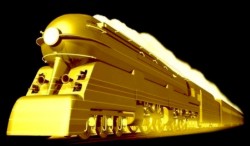 Greetings, I'm Will, a Fine Arts graduate of Kutztown University in Pennsylvania who grew up in the Delaware Valley. I worked for 30 years with the Pennsylvania German Folklife Society. For ten years I had a permanent booth, each month showing my "PA Dutch" wares, at the country's largest under-roof Antique Market in Atlanta, GA. When Mom and Dad started to have health issues, I was forced to give up the nomadic life, but during my travels I came to love Z Scale Model Railroading, as I could easily take small layouts with me to the motels and play with my trains in the evenings!
Greetings, I'm Will, a Fine Arts graduate of Kutztown University in Pennsylvania who grew up in the Delaware Valley. I worked for 30 years with the Pennsylvania German Folklife Society. For ten years I had a permanent booth, each month showing my "PA Dutch" wares, at the country's largest under-roof Antique Market in Atlanta, GA. When Mom and Dad started to have health issues, I was forced to give up the nomadic life, but during my travels I came to love Z Scale Model Railroading, as I could easily take small layouts with me to the motels and play with my trains in the evenings!
Now that Mom and Dad are gone, and after many years of providing care for my "Pappy" in Florida, I find myself a homebody in the "Sunshine State" with a neat little business, supplying interested Z hobbyists with rolling stock and unique quality products!

Item created by: CNW400
on 2021-08-25 13:21:01
If you see errors or missing data in this entry, please feel free to log in and edit it. Anyone with a Gmail account can log in instantly.
If you see errors or missing data in this entry, please feel free to log in and edit it. Anyone with a Gmail account can log in instantly.


